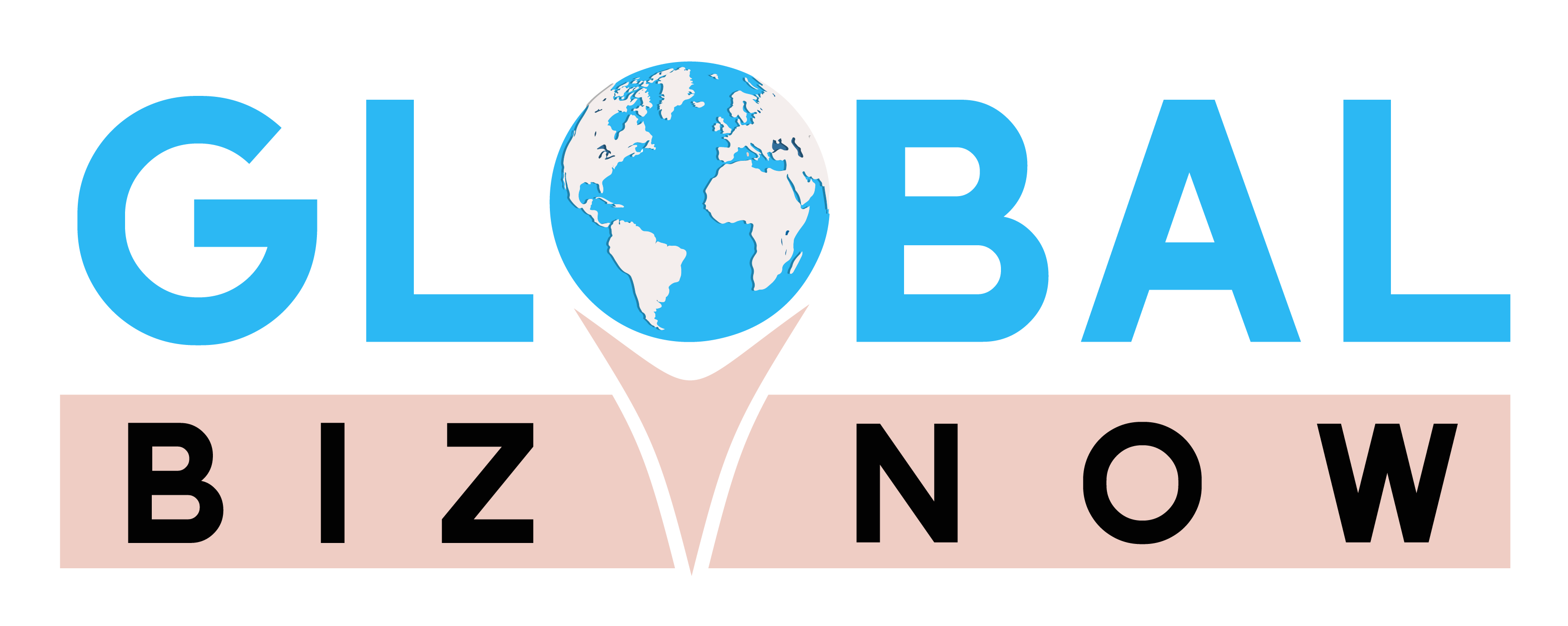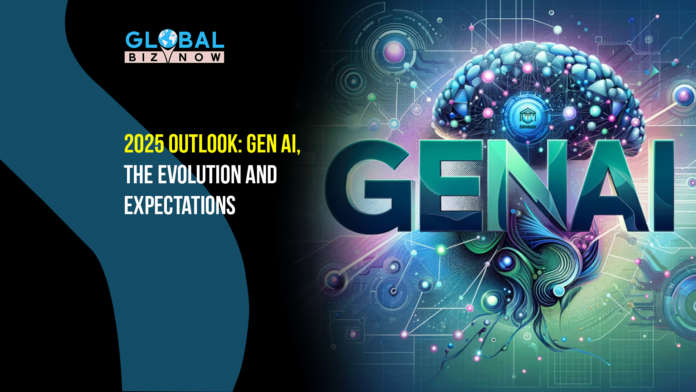A Leap into the Future of Intelligence
In 2025, Generative artificial intelligence will improve technological advancement, transform industries, redefine creativity and boost productivity. GenAI has developed into a system with limitless potential, capable of producing life-like images and movies as well as enabling conversational tools that rival human interaction.
The Evolution of GenAI: From Novelty to Necessity
In its early stages, generative AI was limited to specialized and tech-savvy applications. Among the significant turning points in evolution are:
Developments in Language Models: With tools like Google’s Bard and OpenAI’s GPT series, Understanding and generating natural language have significantly improved opening up possibilities in content creation, education, and customer support.
Developments in Visual AI: Hyper-realistic images are transforming industries including entertainment, design, and marketing.
Code Creation: GitHub Software projects are saving a significant amount of time-to-market because of Copilot and TabNine, which are revolutionizing the way engineers approach programming.
Assimilation into Business Environments: Businesses in a variety of sectors are integrating GenAI into processes to boost productivity, enhance customer satisfaction, and open up new income opportunities.
Key Expectations for 2025
Wide Scale Adoption Across Industries
GenAI will penetrate beyond tech industries, including healthcare, finance, manufacturing, and agriculture by 2025. For example:
- Health: AI-Generated treatment plans and virtual diagnostics will increase better patient outcomes.
- Finance: Personalized financial advisory services, and fraud detection systems will apply GenAI.
- Manufacturing: AI-driven design tools will improve production processes
Contextual Intelligence
GenAI models will emerge to be more contextual, and unlike the current version that sometimes lacks domain knowledge, the next generation integrates specialized training, which delivers tailored solutions in law, medicine, engineering, and others.
Data Privacy and Security Improvements
There will be tighter regulations around data privacy and security in 2025. Federated learning and differential privacy methods will be essential to build trust with users while also training robust models.
Multimodal Models will be the direction of GenAI, as models can work on information in all the forms such as text, images, audio, and videos simultaneously and generate output based on it. This would help unlock capabilities such as entirely automated movie production and totally immersive virtual experiences.
Smart Collaboration Tools
Workplace applications of GenAI, such as AI-infused project management or an idea generation assistant, are set to redefine collaborative work models. Microsoft Copilot, for example, and the AI applications in Google Workspace lay a foundation towards a long-term future with AI-forged full-time copilot.
Affordability and Accessibility
GenAI becomes more economically efficient with improved technology so that its applicability cuts across small-scale businesses as well as an individual. The democratization of access to tools shall lead to grassroots-driven innovation.
Data Insights: GenAI by Numbers
- Market Growth: The global generative AI market is projected to grow at a CAGR of 33.7%, reaching $110 billion by 2030.
- Adoption Rates: Gartner projects that by 2025, 70% of the organizations will be using GenAI in one form or another.
- Jobs Impact: GenAI will augment jobs rather than replace them; McKinsey projects that up to 60% of occupations can automate at least one-third of their activities.
Challenges Ahead
Though the future looks bright, there are significant challenges that GenAI faces:
- Ethical Concerns: The problem of bias, misinformation, and misuse of AI-generated content is still unsolved. Ethical frameworks for AI will be critical in this regard.
- Energy Consumption: Training large language models requires enormous computational power and raises questions about environmental sustainability.
- Skill Gap: Upskilling the workforce to leverage GenAI effectively is going to require investments in education and training.
The Broader Impact of GenAI
- Economic Growth: GenAI will add trillions to the global economy, improving efficiency and encouraging innovation.
- Empowering Creators: From artists to entrepreneurs, GenAI tools are breaking down entry barriers, empowering creativity and innovation on an unprecedented scale.
- Global Collaboration: Universal appeal to GenAI fuels international collaboration, with researchers and businesses collaborating to push boundaries.
The Road Ahead
In 2025, GenAI will no longer be a buzzword; it promises to revolutionize industries, redefine creativity and unlock human potential. It has the ability to change economies.
However, the promise of GenAI is not just in what it can do but how responsibly it is developed and deployed. With innovation, ethics, and inclusivity, 2025 could mark the beginning of a GenAI-driven era where possibilities are limited only by imagination.
The future for Gen AI looks bright, but the journey will demand vigilance, creativity, and commitment to the construction of a world in which technology is put into the service of humanity’s best interests and this continues, the expectations are nothing less than revolutionary.


